We believe everyone should be able to make financial decisions with confidence. And while our site doesn’t feature every company or financial product available on the market, we’re proud that the guidance we offer, the information we provide and the tools we create are objective, independent, straightforward — and free.
So how do we make money? Our partners compensate us. This may influence which products we review and write about (and where those products appear on the site), but it in no way affects our recommendations or advice, which are grounded in thousands of hours of research. Our partners cannot pay us to guarantee favorable reviews of their products or services. Here is a list of our partners.
When the tread depth gets too low or your tires hit the six-year mark, it's time for new rubber.
Many or all of the products featured here are from our partners who compensate us. This may influence which products we write about and where and how the product appears on a page. However, this does not influence our evaluations. Our opinions are our own. Here is a list of our partners and here's how we make money.
While the consensus across the auto industry is that you should consider replacing your tires at least every six years, there’s no magic number for how often you should replace them.
Tires become unsafe when tread becomes too thin, rubber is degraded by time and temperature or their sidewalls are damaged. A flat is an inconvenience, but a blowout or sketchy grip can lead to an accident.
Although tires can be a substantial expense for a car owner to handle at one time, wear and tear — and their replacement — is mostly predictable. Here’s a rundown of how to determine if your tires need to be replaced and common signs that your tires aren’t up to par.
Tires have grooves known as tread that help them grip the road. While most new tires have a tread depth around 10/32nds of an inch, the tread wears down over time. This makes it more difficult to steer your vehicle, reduces traction and increases braking time.
While most new tires have a tread depth around 10/32nds of an inch, the tread wears down over time. This makes it more difficult to steer your vehicle, reduces traction and increases braking time.
The U.S. Department of Transportation deems tires that have tread at or below 2/32nds of an inch to be unsafe. While your tire technically has enough tread to drive at this point, it can be dangerous to drive your car in certain conditions or for long distances.
There are three ways to figure out your tires’ tread depth:
Tread wear indicators are built into tires and are raised, evenly spaced sections in the grooves of your tire tread. On new tires, they are not as high as the tread. However, when the tread reaches the same level as the indicators, it means it’s time to replace the tires.
Tire tread gauges are relatively cheap tools that let you measure your tread in thirty-seconds of an inch. This will show you the exact measurement of your tire tread.
The penny test lets you estimate tread depth based on where the tread hits a penny. To do this test, take a penny, turn it upside-down, and insert it straight down in the groove of a tire’s tread. Look straight on at the penny to determine where the tread hits President Lincoln’s profile. If you can see his entire head, you’ve hit the mark and need new tires.
Regardless of how many miles they’ve driven, tires degrade over time and become more prone to failure. Factors like environmental conditions, storage and maintenance can influence how long a tire will last even if it’s only driven a few hundred miles a month.
While there’s no set requirement for when to replace tires according to age, the general recommendation is to replace them six years after the manufacture date and to never drive on tires that are older than 10 years.
Just answer a few questions to get personalized results from our lending partners.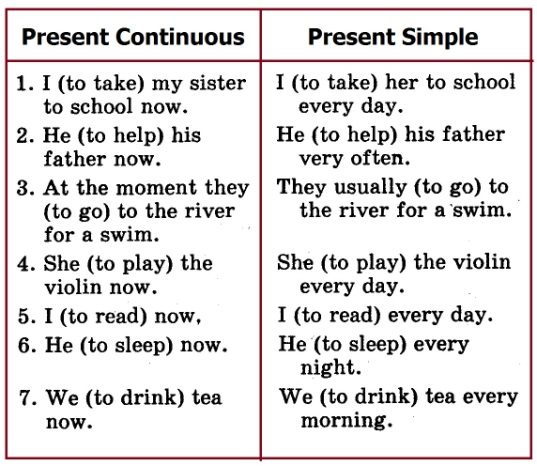
Estimated payoff amount
Of course there are other times when your tires are telling you it’s time for replacement despite what your tread measurement might say.
You moved to a new climate. Some tires are designed for specific conditions such as extreme temperatures. Winter tires, for example, have deeper tread and are meant to be more flexible in cold weather; driving them on warm pavement can wear them down more quickly. If you move to a new climate, pay attention to road conditions and weather patterns to determine if you need different tires.
You’re losing traction. If it feels like your car is slipping or sliding during wet weather, this could be a sign of low tire tread that is failing to channel water away effectively. Because tire tread can wear unevenly, you might not notice that some of your tread has worn thin and is affecting your traction.
Most modern cars activate a warning light when your car loses traction. If you are seeing this warning light more frequently as time goes on, check the condition of your tires.
If you are seeing this warning light more frequently as time goes on, check the condition of your tires.
Your tires aren’t holding pressure like they should. Certain types of tire damage, including debris between the rim and the tire and damage to the sidewall, can cause continuous pressure loss. Some damage might be repairable, but some situations will call for new tires.
🤓Nerdy Tip
An average of 2% air loss in tires is common for every drop of 10 degrees in outside temperature. So don’t worry if your tire pressure varies a bit when it starts to get colder outside.
About the author: Whitney Vandiver is a writer at NerdWallet currently focusing on small business. Read more
On a similar note...
Get more smart money moves – straight to your inbox
Sign up and we’ll send you Nerdy articles about the money topics that matter most to you along with other ways to help you get more from your money.
Maybe you got a used car a few years ago or maybe you recently purchased a new car. No matter the situation, as a car-owner you may be wondering, how often should you replace your tires? When you should replace your tires differs slightly from vehicle to vehicle and driver to driver. However, there are a few standards that should help you determine when to change your tires next.
No matter the situation, as a car-owner you may be wondering, how often should you replace your tires? When you should replace your tires differs slightly from vehicle to vehicle and driver to driver. However, there are a few standards that should help you determine when to change your tires next.
When and how often you should change your tires depends on a few factors. When thinking about replacing your tires, ask yourself these questions:
Along with the answers from above, there are a few pieces of information you can grab from your vehicle to help determine the next time you should replace your tires. The following should only take a few minutes to find out.
Most car experts will tell you to change your tires every 6 years or so. If you are constantly driving, you may need to change your tires earlier. Likewise, if you don’t drive often you can get away with a few extra years.
If you are constantly driving, you may need to change your tires earlier. Likewise, if you don’t drive often you can get away with a few extra years.
For a car that you bought new, you can easily bet on changing your tires 6 years after your purchase. For used cars, you’ll likely need to look at the date printed on the tire.
To see when your tires were manufactured, look for a four-digit number sequence on the outside of the tire. This will tell you the week of the year in which they were made. For example, 1112 means that the tires were made in the 11th week of 2012.
Another good rule of thumb when it comes to tire replacement is to replace your tires every 25,000-50,000 miles. In most cars, you can check your total mileage on the dashboard.
Aside from time and mileage, you can always check if your tires look like they need to be replaced. To do so, get a quarter and insert it headfirst into the center of the tire tread.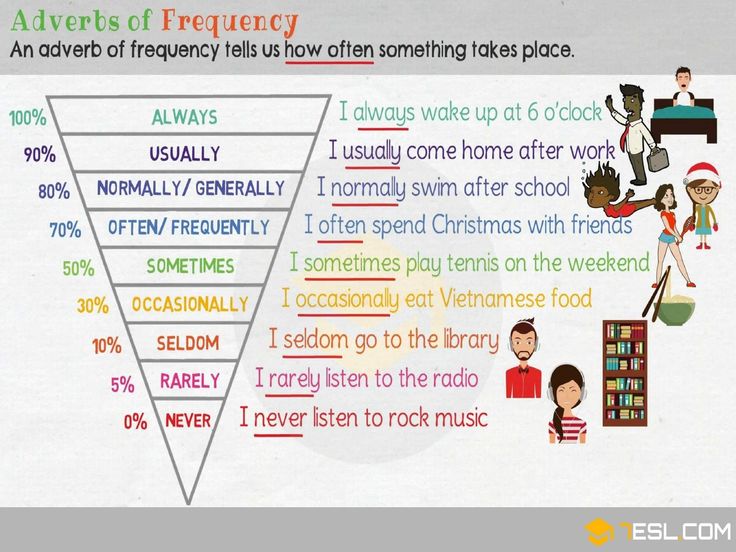 If Washington’s head is even with the tread, your tires are safe, but you need to get them replaced soon.
If Washington’s head is even with the tread, your tires are safe, but you need to get them replaced soon.
Doing the same trick with a penny, if Lincoln’s head is even with the tread, hopefully, you have some money saved up because you need to change your tires ASAP.
Another physical test to see if it’s time for a tire replacement is to be mindful of how your car feels when you are driving. Does the steering wheel feel smooth when driving, or does it vibrate or veer to one side over the other. If it does any of the latter, consider getting your tires changed.
While there are steps you can take to expand the lifespan of your tires, when they are worn out, you need to replace them. You can’t put off changing your tires, as it is a safety risk to you and other vehicles on the road. Old tires can affect the way your car breaks and stops, which can lead to accidents. Be a responsible car owner and replace your tires when needed.
All car owners need to be on top of replacing their tires. How often should you replace your tires? It might vary from person to person, but there are standards in place to determine tire health. Is your car due for a tire replacement? Then check out Christian’s Tire Shop. We have all the name brands you could possibly want, right here in Albuquerque.
0003Related materials
7 rubber signals: what the tire says about car problems
How do you know when tires are completely worn out and it's time to change them? Everything is simple. For summer tires, the limit is 1.6 mm of residual tread depth, and for winter (or all-season tires used in winter) - 4 mm. Modern summer tires can travel from 40,000 to 70,000 km, depending on driving style and vehicle characteristics. An average motorist rolls such a mileage on summer tires in 2-3 seasons. Moreover, wear implies not only a decrease in tread depth. For millions of cycles of deformation, the strength of the carcass and its adhesion to the layers of the rubber compound are violated. In short, every 2-3 years you should buy a new set of tires. nine0003
For millions of cycles of deformation, the strength of the carcass and its adhesion to the layers of the rubber compound are violated. In short, every 2-3 years you should buy a new set of tires. nine0003
In case of irreparable damage to one of the tires and a relatively high total mileage of the kit, it is also worth considering replacing it. Well, or about buying at least a pair of new tires, which, for any type of drive, should be installed on the front axle. We put two tires back - the most decent of the remaining ones.
Many motorists drive only a few thousand kilometers a year. This does not mean that the tires will serve you for several decades. According to Russian requirements (GOST 4754-97), the service life of passenger car tires is 5 years from the date of manufacture. And for example, Continental recommends that all car tires (including the spare tire) older than 10 years old should be replaced with new ones.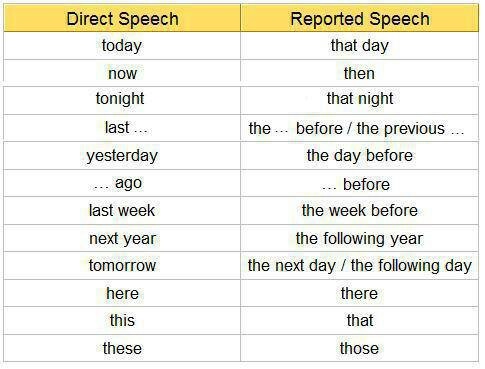 Therefore, with small runs, you can navigate for ten years. The date of manufacture of the tire is indicated on the sidewall. Usually it is an oval with four numbers. The first two are the ordinal number of the week in the year, the last two indicate the year.
Therefore, with small runs, you can navigate for ten years. The date of manufacture of the tire is indicated on the sidewall. Usually it is an oval with four numbers. The first two are the ordinal number of the week in the year, the last two indicate the year.
Related materials
How to change the car yourself - detailed instructions
Tires should be rotated periodically in accordance with the vehicle manufacturer's recommendations - information on this can be found in the owner's manual.
We can advise you to carefully use the tires and, most importantly, to store them correctly in the off-season. First of all, during storage, it is important to exclude direct sunlight from hitting the tires, which greatly age the rubber. Tires without rims should be placed vertically, and stacked on rims. nine0003
And before installing tires on a car at the beginning of the season, evaluate their condition.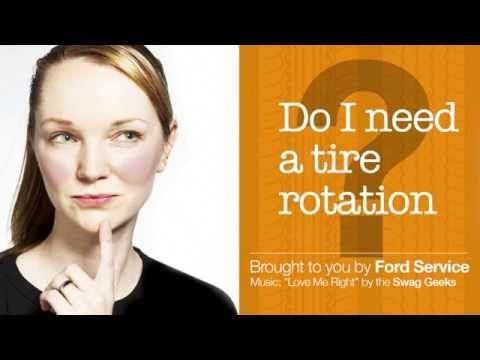 There should be no cracks in the tread and sidewalls. The tire should not be dry, it should remain rubbery and not look like baked plastic.
There should be no cracks in the tread and sidewalls. The tire should not be dry, it should remain rubbery and not look like baked plastic.
Related materials
Driving on badly worn tires - will I be fined or not?
Winter tires have a much shorter life span. They almost always fail due to the wear of the treadmill, because the tread of a new tire is 7–8 mm, and only 3–4 mm remain working height. If the tires are studded, then with such wear there are very few metal elements left, and the tire will not provide adequate safety when driving on a winter road. However, not only spikes, but also Velcro, with such a degree of wear, also lose most of their capabilities. nine0003
The real life of winter tires rarely exceeds 30,000 km. "Bald" winter tires without studs can be re-rolled in summer, but their grip on hot road surfaces will be very poor. This must be taken into account, especially when braking.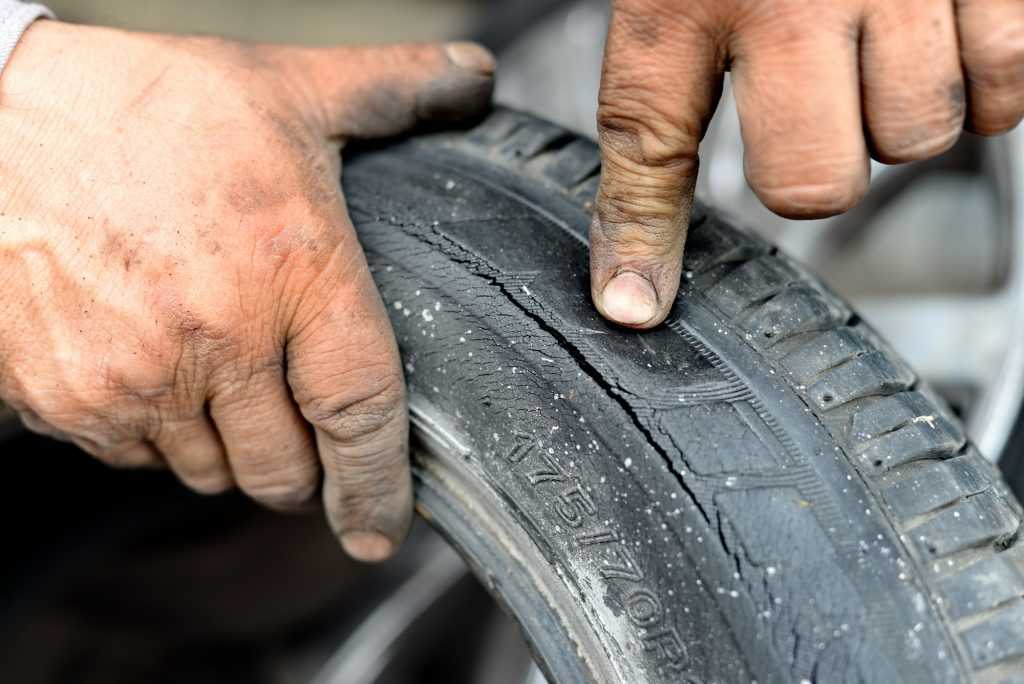
***
So: tires that have not yet worn out along the tread (that is, up to 1.6 mm tread depth for summer tires, 4 mm for winter tires) are changed either ten years after the date of issue, or when the rubber layer cracks tires or damage. nine0003
Our new video Subscribe and you will always be in the know!
Driving in Zen
News smi2.ru
1. When to change summer tires to winter ones and vice versa?
2. Change tires when worn
3. What does uneven tire wear indicate?
4. Factors indicating problems with the tire
5. Rules for changing tires
6. How to improve tire life?
The tires on your vehicle may need to be replaced for several reasons. Is it time for a seasonal tire change? When to change tires due to wear? We understand when it is really needed. nine0003
nine0003
When to change summer tires to winter ones and vice versa?
Replacing summer tires with winter tires and vice versa is not only a matter of safety, but also of the law. The rules for seasonal tire changes in Russia are determined by the technical regulations of the Customs Union "On the safety of wheeled vehicles". According to the regulations, in the winter months (December, January, February) it is forbidden to drive on summer tires, and in the summer months (June, July, August) - on studded winter tires. Thus, spring and autumn are left for us to “change shoes”. The exception is winter tires without studs. You can ride them all year round. But is it worth it? nine0003
Winter and summer tires differ in rubber composition and tread pattern, so there really is no universal tire for driving all year round. Summer tires harden in the cold, which reduces traction. And winter tires on asphalt at high temperatures wear out faster, increase fuel consumption and impair vehicle handling.
When exactly should you change summer tires to winter ones? Experts advise "changing shoes" car when the average daily temperature reaches 7 degrees and below. During this period, there are already risks of night frosts and morning ice, on which summer tires do not feel good at all. nine0003
The threshold of 7 degrees, but already in the direction of increase, also works for replacing tires with summer ones in the spring. The main thing that experts advise is to give yourself time to adapt and within a week or two not to scorch, but to get used to changing tires and other road conditions.
Replacing worn tires
How do you know when to change tires due to excessive wear? This will tell the wear indicator located on each tire. Most often, this is a small beacon-bar located in the groove. The more the tread wears off, the closer nine0003
its surface approaches the beacon. When they are equal, this means that the tire needs to be replaced.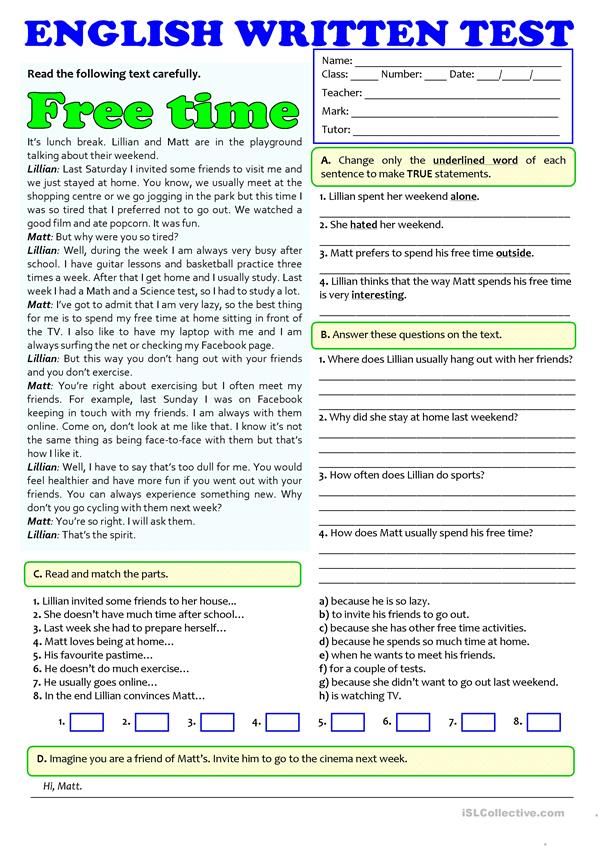
Another type of wear indicator is digital, it is a chain of numbers “drowned” into the tire to different depths. Usually the smallest number is squeezed out the deepest, and the largest is located closest to the surface. As the tread wears, the numbers disappear in reverse order. All gone - time to change tires.
nine0002 Usually, the tread depth on a passenger car is 1.6 mm for summer tires and 4 mm for winter tires is considered the minimum for safe driving. These indicators are also spelled out in the law on road safety. There is even a penalty for driving on worn tires. However, it is not at all necessary to wait for the wear indicator signal - you can measure the tread depth yourself using a special probe, but you need to do this around the entire circumference of the tire.nine0041 Factors indicating problems with bus :
- the tire is worn unevenly, or the tires on different wheels wear out at different rates. Here you need to not only change the tires, but also check the wheel balance.
- a bulge or bulge has appeared on the side surface of the tire. This is a potentially “weak” section of the tire that can burst at the most inopportune moment.
- there are punctures on the tire; if their diameter is less than 6 mm, then the tire can be repaired, if more than 6 mm, then such a tire can no longer be repaired. nine0003
Any visible tire damage requires a visit to a tire shop. Only a specialist will determine whether the tire can be repaired or needs to be replaced.
What does uneven tire wear indicate?
1. Wear on the outside indicates possible air leaks, due to which the tire pressure is reduced.
2. The wear of the central part, on the contrary, indicates that the tire is overinflated. Excessive tire pressure can cause them to burst, so it needs to be adjusted. nine0003
3. Wear on a single tire requires balancing and rolling of the rims, and may also be indicative of suspension or shock absorber failures.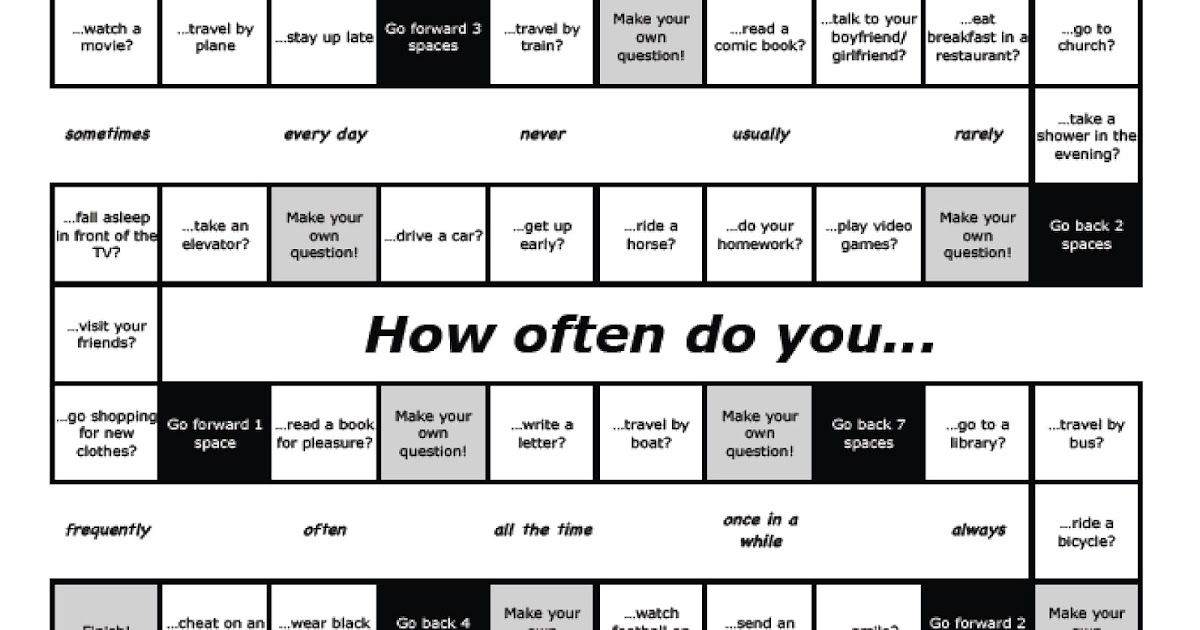
4. Tire wear on the front wheels always occurs earlier than on the rear ones, since this is where the engine is located and here the main burden of driving falls. If you suspect that wear is more than normal, check the suspension.
5. Tire wear on the left or right occurs faster than next door if the wheels are poorly adjusted. nine0003
Tire Change Rules
1. Ideally, you need to change tires immediately and that's it. Four identical tires on all four wheels ensure the safest driving experience. This applies to the size, tread pattern, degree of wear, pattern directionality, and so on. If a one-time replacement of all four tires is not possible, they must be changed in pairs along the axes.
2. New tires must meet the vehicle manufacturer's specifications for size, load index and speed. When replacing tires in pairs, make sure that the new pair matches the characteristics of the existing one as closely as possible. nine0003
3. When buying ready-made sets of tires along with rims, make sure that the rims also meet the requirements of the car manufacturer. Mismatch between disc offset and landing parameters wears out the suspension and affects handling.
When buying ready-made sets of tires along with rims, make sure that the rims also meet the requirements of the car manufacturer. Mismatch between disc offset and landing parameters wears out the suspension and affects handling.
4. One damaged tire also requires replacement tires on at least the entire axle. There is only one exception - if you punctured a new tire, on which you drove only a couple of hundred kilometers. In this case, you can purchase the same and replace the tire. If the tires have been changed for a long time, then replacing only one tire in any case will worsen the handling of the car, since the tires will have different tread heights. nine0003
5. Spare temporary tire should not become permanent. To reduce weight, its design is lightweight, and therefore you can ride it for a short time and at a reduced speed. An exception is possible only if you use a full-size tire as a “spare tire”, similar to those already installed on the car.
6.